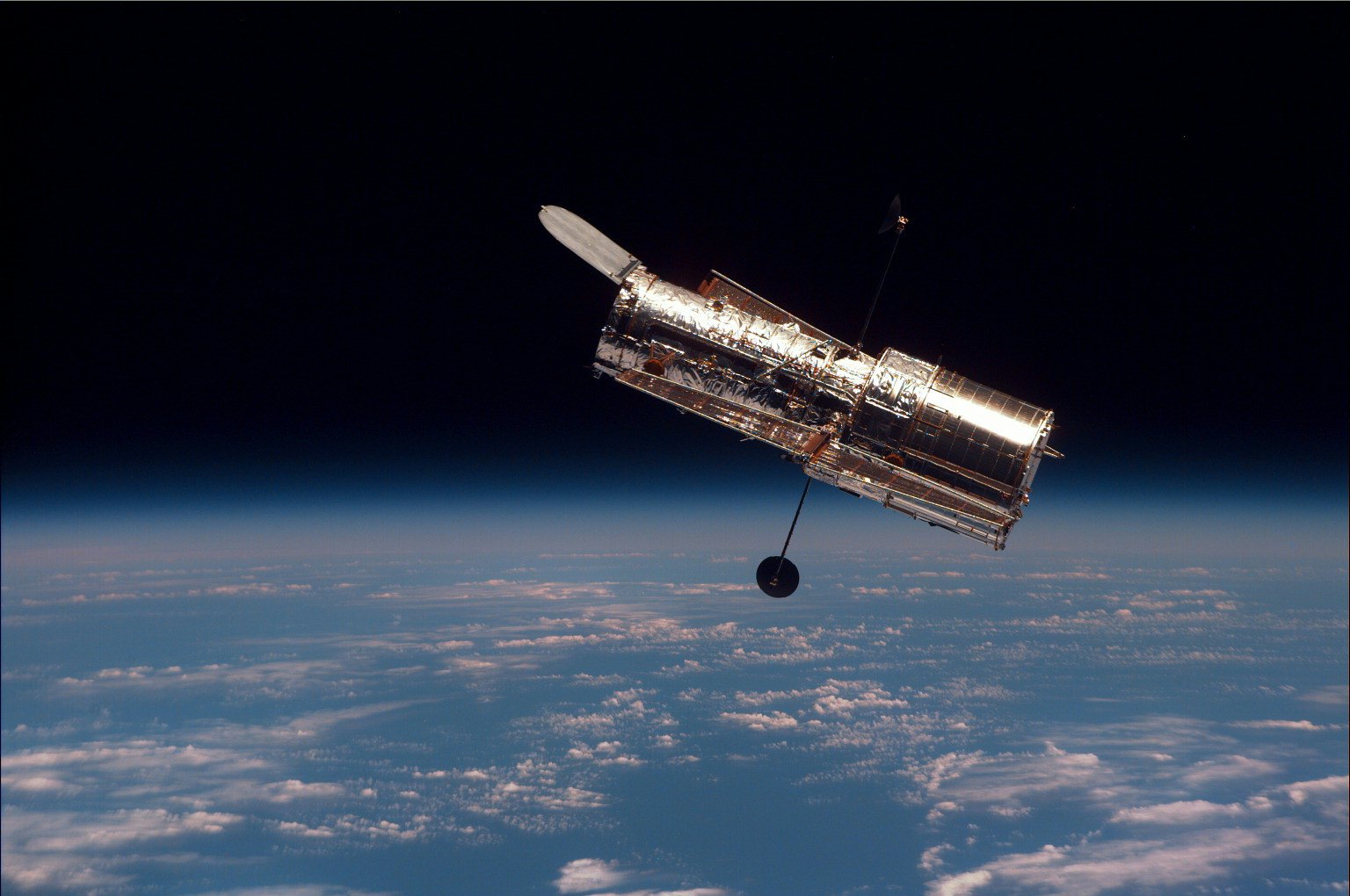
In our ever-changing world, it is easy to get a little lost among the limits and boundaries we set for ourselves and for others here on Warth. Whether it is a nation’s border or a hemline, humans can get a little caught up in these often arbitrary markers. Space is not like that: The universe is a frontier without a limit (sort of) — the only things that can stop us from exploring the cosmos are technology, time, and distance. But with the right will and ambition, humans can at least make a dent.
That’s what happened 15 years ago when international space agencies published a document that offers a blueprint for space exploration. The first stop? You’ll need to read on to find out.
This is an adapted version of the Inverse Daily newsletter for Wednesday, June 1, 2022. Subscribe for free and learn something new every day.
Welcome to June! I hope you had a splendid Memorial Day weekend. My own involved several dogs and too much cake — what’s not to love? I’m Claire Cameron, and for a little while longer I will still be writing to you every day, Monday through Friday. Sorry about that. Let’s get on with the stories!

15 years ago, 1,000 space experts sketched out humanity’s future on the Moon
As our capacity to travel across the Solar System continues to improve, policy needs to reflect that lack of boundaries — that’s why NASA came together with hundreds of space experts from 14 agencies in 2006 to envisage humanity’s future presence in space. Ultimately, they wanted to establish a framework for cooperation and development that would put humans back on the Moon.
The end result was a document published 15 years ago in May 2007, that has changed how we think about humankind’s presence in space: “The Global Exploration Strategy: The Framework for Coordination.”
The document’s introduction states:
“Space exploration enriches and strengthens humanity’s future. Searching for answers to fundamental questions such as: ‘Where did we come from?’ ‘What is our place in the universe?’ and ‘What is our destiny?’ can bring nations together in a common cause, reveal new knowledge, inspire young people and stimulate technical and commercial innovation on Earth. The Global Exploration Strategy is key to delivering these benefits.”
It’s legacy lives on to this day.

How should you barbecue plant-based meat? A vegan nutritionist reveals the secret
Summer barbeque season is here. If you’re an omnivore with years of experience cooking burgers and brats, the idea of cooking plant-based meats, such as Beyond Meat or Impossible Burgers, may seem daunting. Or, perhaps you’re inclined to cook them as you would animal meats. For vegans and vegetarians, it’s just as difficult — veggie burgers have come a long way.
But how to cook them as perfectly as you might a typical burger? Registered dietitian and vegan Anya Todd gives us her science-backed ways to cook the plant-based version of everyone’s barbeque favorites.
Good news: “The method of preparation is still essentially the same,” Todd writes to Inverse. As with meat, reaching proper internal temperature achieves food safety and maximum flavor. Many veggie burgers, Todd says, recommend an internal temp of 165℉, which amounts to cooking the patty for 4 to 5 minutes per side; Beyond Meats also recommends this internal temperature for their products.
One big difference is that you shouldn’t gauge a plant-based burger’s doneness by looking inside.

Double trouble: Hubble telescope spies galaxy pair flaunting their sprawling arms
NASA’s Hubble telescope took a new image, released last week, that shows two galaxies roughly 275 million light-years away from Earth. The galaxies are collectively known as Arp 303 and they share the spotlight in Hubble’s newest image, which NASA published last Friday. The vibrant appearances of the dynamic star-forming regions within these galaxies — individually known as IC 563 and IC 564 — are among the many reasons astronomers continue relying on Hubble’s observational capabilities.
Their radiance rushes across the universe at the speed of light. However, since the pair is so incredibly far away, this image actually shows what these galaxies looked like 275 million years ago. At that time, Earth was populated by scary predators like Dimetrodon that predate the dinosaurs by several million years.
This image is also a composite. The galaxies glitter in several colors thanks to Hubble’s unique instruments which collect data from different observations and stitch them all together. The telescope’s Wide Field Camera 3 gathered infrared light from Arp 303, contributing to the image’s regions seen in red, orange, and green. Another instrument, called the Advanced Camera for Surveys, captured visible light data, seen here in blue.

Scientists identify a surprising gut health benefit of dog ownership
Specifically for children, studies find that dog ownership correlates with reduced anxiety and decreased response to stress. Now, there’s another reason to adopt: It could help improve gut health.
New research suggests living with a dog may yield a surprising benefit to children: improved gut health. Williams Turpin, lead author and a research associate with Mount Sinai Hospital in New York, presented the findings on Monday during the Digestive Disease Week conference in San Diego. The study will publish later this year in Gastroenterology, a journal published by the American Gastroenterological Association.
“There was improved gut viral function in individuals that own a dog,” Turpin said during a press conference on the findings.
Turpin and his team found that children living with a dog between the ages of two and four were significantly less likely to develop Crohn’s disease later in life, though exposure to dogs at all ages in childhood had a similar effect. Second, children under the age of one who lived in a large family (with or without a dog) — with three or more family members — also had a reduced likelihood of Crohn’s disease.

About this newsletter: Do you think it can be improved? Have a story idea? Want to share a story about the time you met an astronaut? Send those thoughts and more to newsletter@inverse.com.
- On this day in history: Happy 42nd birthday Cable News Network! On June 1 in 1980, CNN began broadcasting 24-hour news coverage. It’s ethos was to provide live, continuous coverage of news events as they happened from around the world.
- Song of the day: “Marquee Moon,” by Television.







